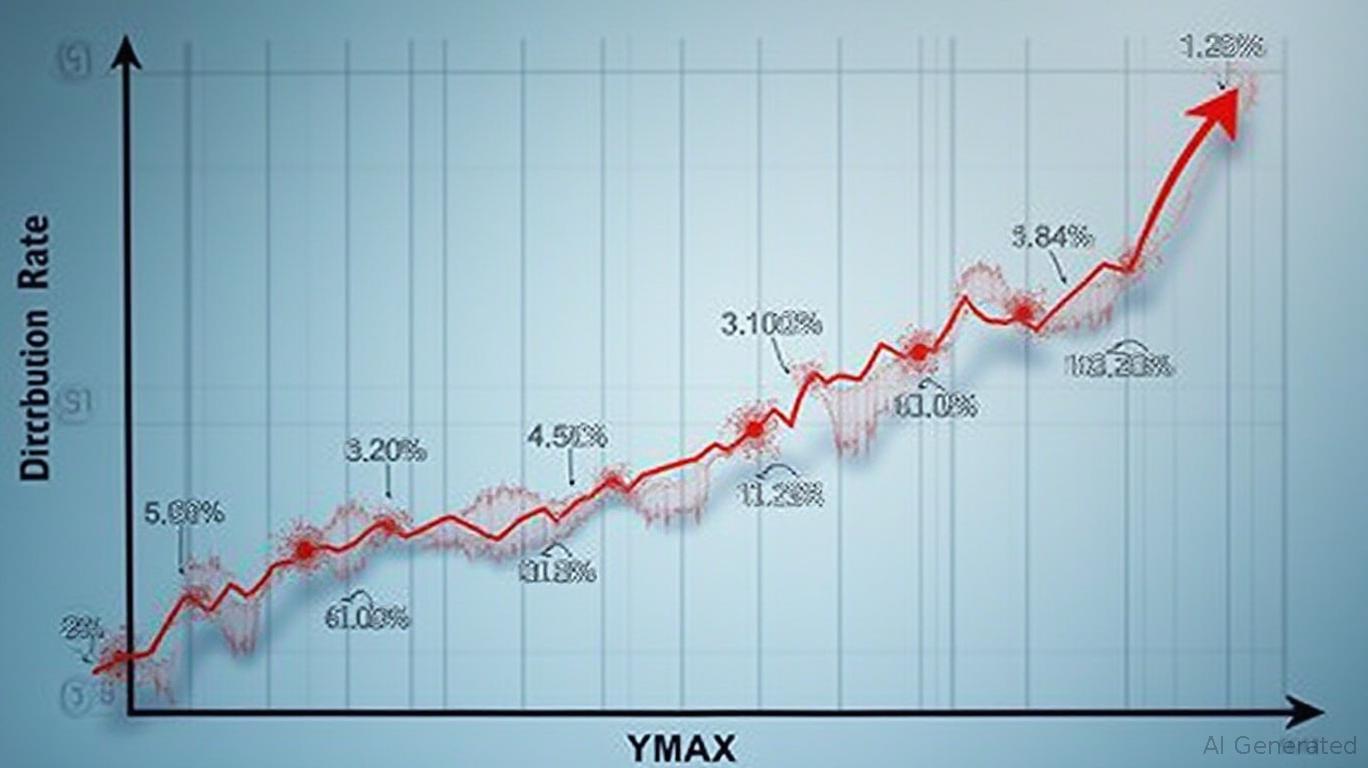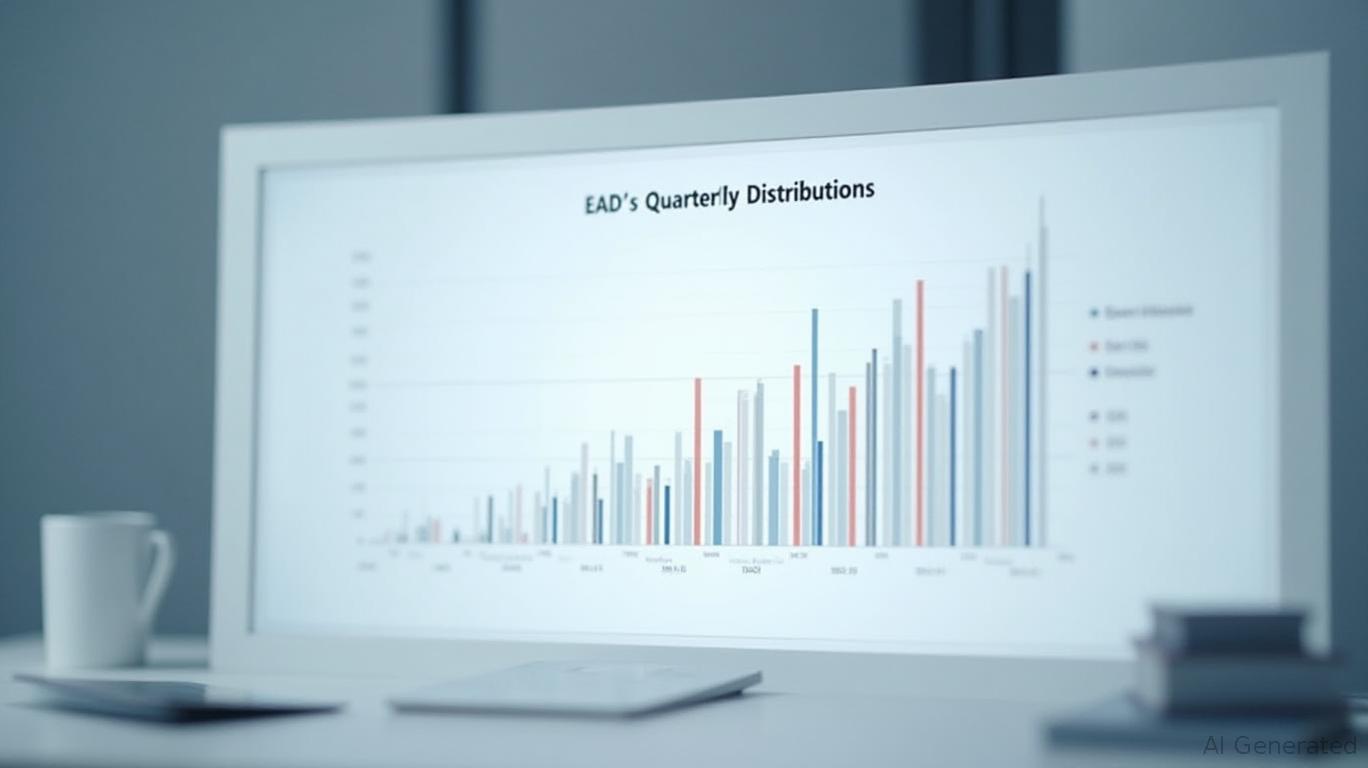Yield Farming Offers High Returns, But Comes With Risks
Yield farming, also known as liquidity mining, is a decentralized finance (DeFi) strategy where cryptocurrency holders lend or stake their assets in various DeFi protocols to earn rewards. These rewards often come in the form of additional tokens, interest, or a share of transaction fees generated by the platform. In the yield farming ecosystem, individuals known as liquidity providers (LPs) supply their assets to liquidity pools, smart contracts that facilitate trading, lending, or borrowing on DeFi platforms. By contributing to these pools, LPs enable the smooth operation of decentralized exchanges (DEXs) and lending platforms. In return for their participation, LPs earn rewards, which may include transaction fees, interest payments, and governance tokens.
Key components of yield farming include liquidity pools, automated market makers (AMMs), and governance tokens. Liquidity pools are collections of funds locked in smart contracts that provide liquidity for decentralized trading, lending, or other financial services. Users deposit their assets into these pools, enabling various DeFi functions. AMMs are protocols that use algorithms to price assets within liquidity pools, allowing for automated and permissionless trading without the need for a traditional order book. Governance tokens are distributed to users as rewards for participating in the protocol and often grant holders the right to vote on changes to the protocol, influencing its future direction.
Yield farming in DeFi differs significantly from traditional financial yield mechanisms. DeFi platforms are typically open to anyone with an internet connection, removing barriers associated with traditional banking systems. While traditional savings accounts offer relatively low interest rates, yield farming can provide substantially higher returns. However, these higher yields come with increased risks, including market volatility and smart contract vulnerabilities. Traditional finance relies on centralized institutions to manage funds and transactions, whereas DeFi operates on decentralized protocols, reducing the need for intermediaries and allowing users to retain control over their assets.
Embarking on yield farming within the DeFi ecosystem can be a lucrative endeavor. The process involves selecting a platform, choosing a liquidity pool, staking and farming tokens, and implementing effective risk management strategies. Established platforms such as Aave, Uniswap, and Compound are often recommended due to their reliability and user-friendly interfaces. Additionally, platforms such as Curve Finance, which specializes in stablecoin trading with low fees and minimal slippage, and PancakeSwap, operating on the BNB Smart Chain, which offers lower 

_183e5bc31749756677125.jpeg)








